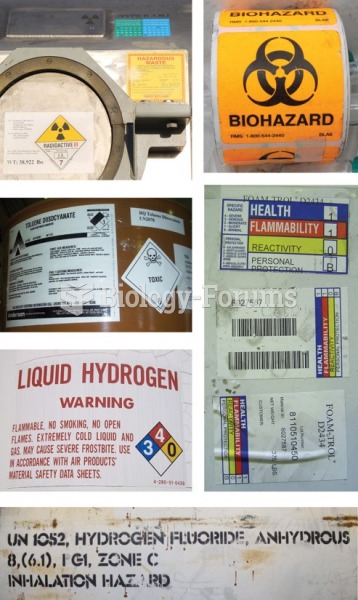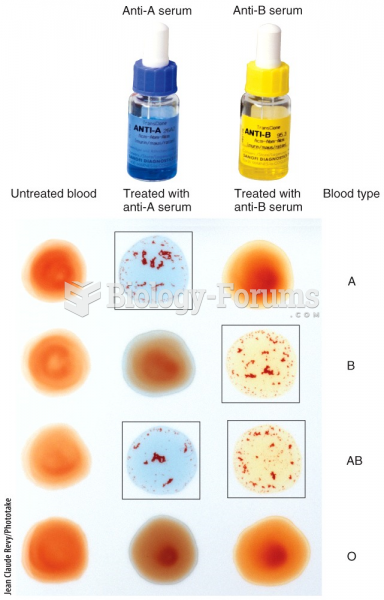Answer to Question 1
A topic of interest to many buyers of products and services is the extent to which potential suppliers have achieved excellence in terms of process management and continuous improvement. As a result, over time several techniques and approaches have been developed that address issues relating to soundness of processes, results achieved, and continuous improvement.
A few of the more prevalent approaches are:
Total Quality ManagementArising in the 1980s in response to Japanese competition and the teachings of Dr. W. Edwards Deming, TQM represented a strategy in which entire organizations were focused on an examination of process variability and continuous improvement. This approach, which was very popular into the mid-1990s, included a goal of improving a company's quality to only three defects per million through systematic incremental change in processes and careful statistical measurement of outcomes.
Six SigmaIs similar to TQM in its focus on techniques for solving problems and using statistical methods to improve processes. But whereas TQM emphasizes employee involvement for the total organization, the Six Sigma approach involves training experts (known as green belts and black belts) who work on solving important problems while they teach others in the company.
ISO 9000A program started in 1987 by the International Organization for Standardization. It has an objective of making sure that companies have standard processes in place that they follow: Document what you do and do what you document.. ISO 9000 involves a third-party registration program certifying that companies are following documented processes.
Aside from the fact that these approaches typically require very significant commitments in terms of time, effort, and expense, buying organizations need to look closely to make sure that participation in these programs actually produces results that are of tangible value. While it is encouraging to know that certain potential suppliers have committed their organizations to approaches such as these, one needs to be sure to document the benefits and improvements that are likely to be created as a result.
Answer to Question 2
d







